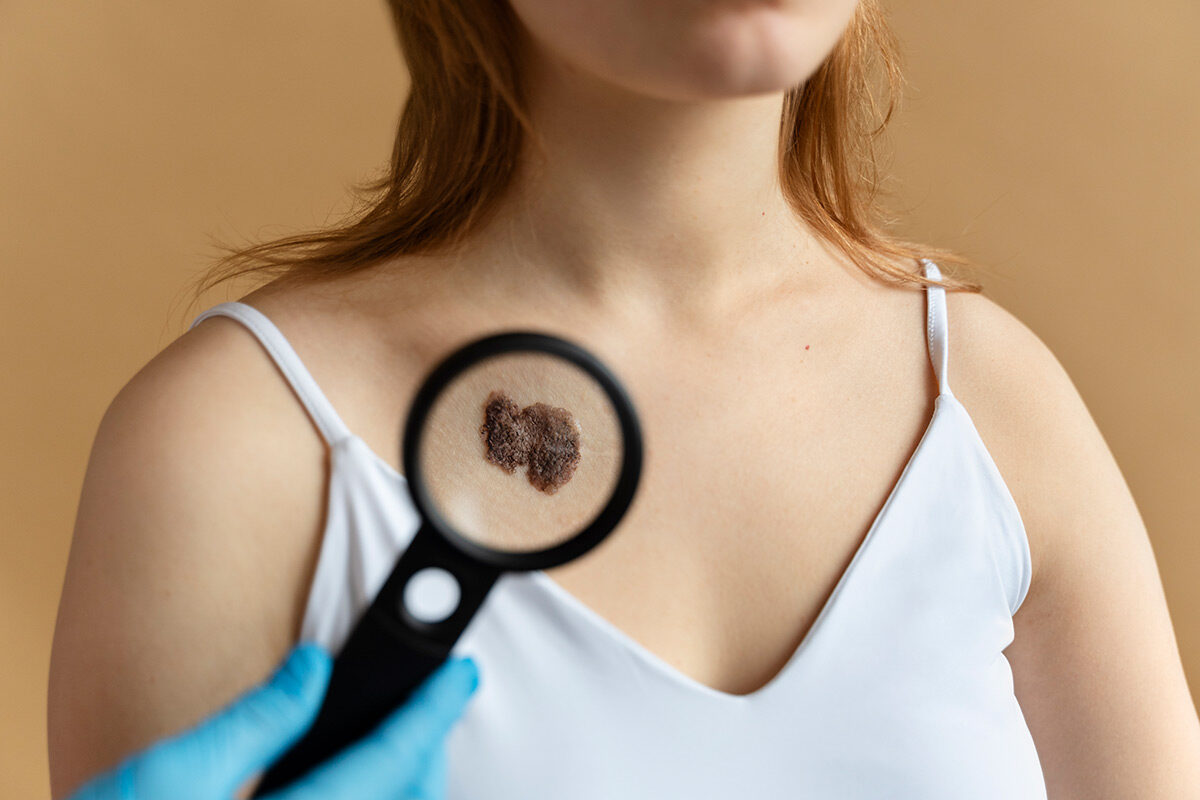Named after Dr. Frederick Mohs, who developed the procedure, Mohs surgery utilizes an in office laboratory to guide Dr. Pharis in the surgical removal of skin cancer such as Basal Cell Carcinoma, Squamous Cell Carcinoma and Melanoma. The Mohs procedure provides the highest possible cure rate for skin cancer while at the same time minimizing scarring.
What is Mohs Surgery?
Mohs (Moz) surgery is a highly specialized treatment for the total removal of skin cancer. Mohs surgery is named in honor of Dr. Frederic Mohs, the physician who developed the technique. This form of treatment differs from all other methods of treating skin cancer by the use of a unique method for complete microscopic examination of all of the surgically removed tissues, as well as detailed mapping techniques. The combination gives the surgeon the highest chance of removing every cancer cell.
What are the advantages of Mohs surgery?
By using these detailed mapping techniques and complete, immediate microscopic control, the Mohs surgeon can pinpoint areas containing cancer that are otherwise invisible to the naked eye. Therefore, even the smallest microscopic roots of cancer can be precisely removed. The result is the greatest chance for complete removal of the skin cancer while sparing as much normal tissue as possible. Treating all skin cancers with Mohs surgery is not necessary. This method is most useful for large tumors, tumors with indistinct borders, tumors near vital functional or cosmetic structures, and tumors for which other forms of therapy have failed.
What are my chances for cure?
Using Mohs surgery, the chance for cure is better than 97% for most never-before-treated skin cancers. For previously treated cancers, the cure rate with Mohs surgery is approximately 95%, while the cure rate for other methods of treatment drops even lower. Though Mohs surgery offers the highest cure rates, no surgeon or technique can guarantee 100% chance of cure.

